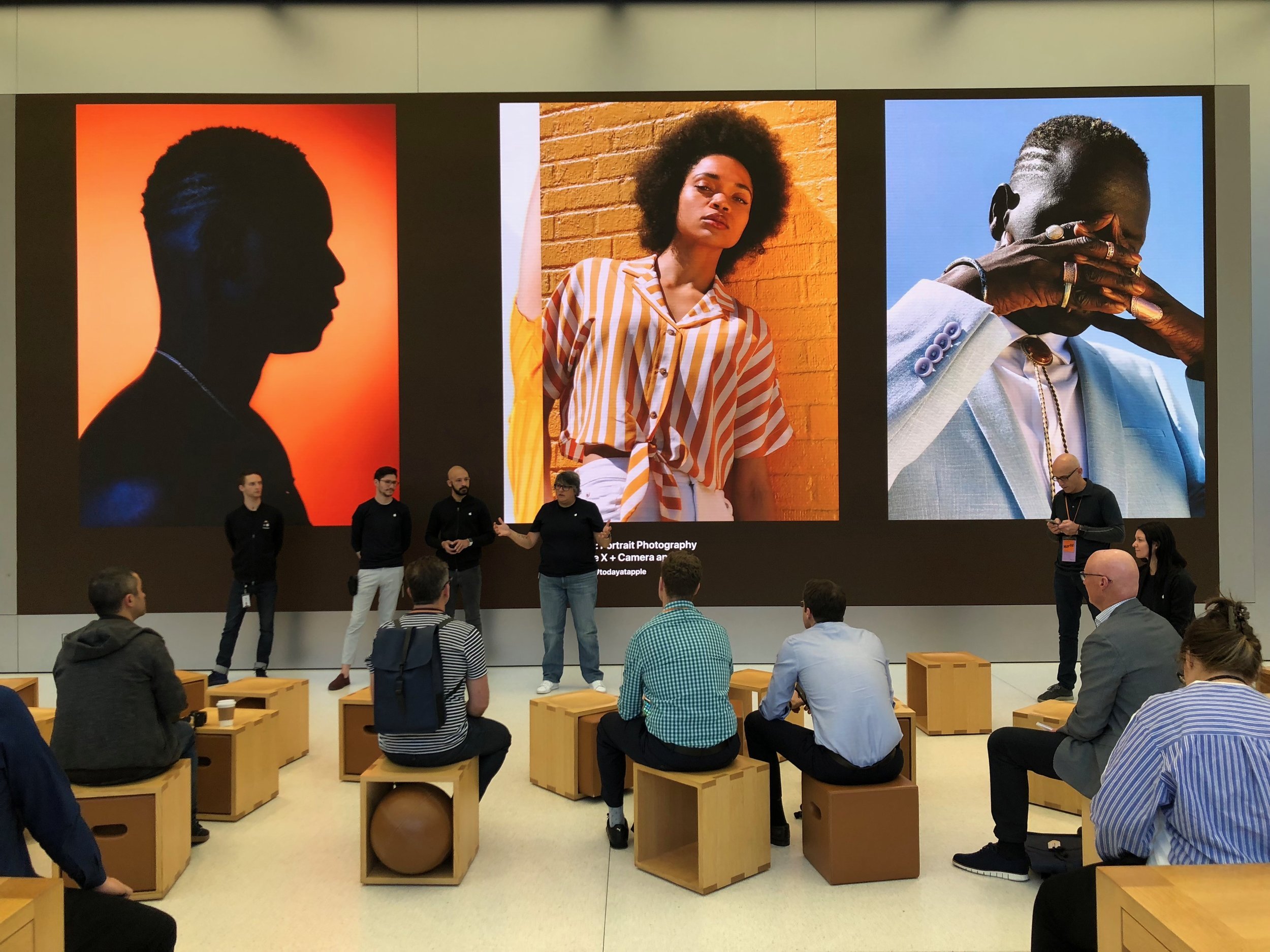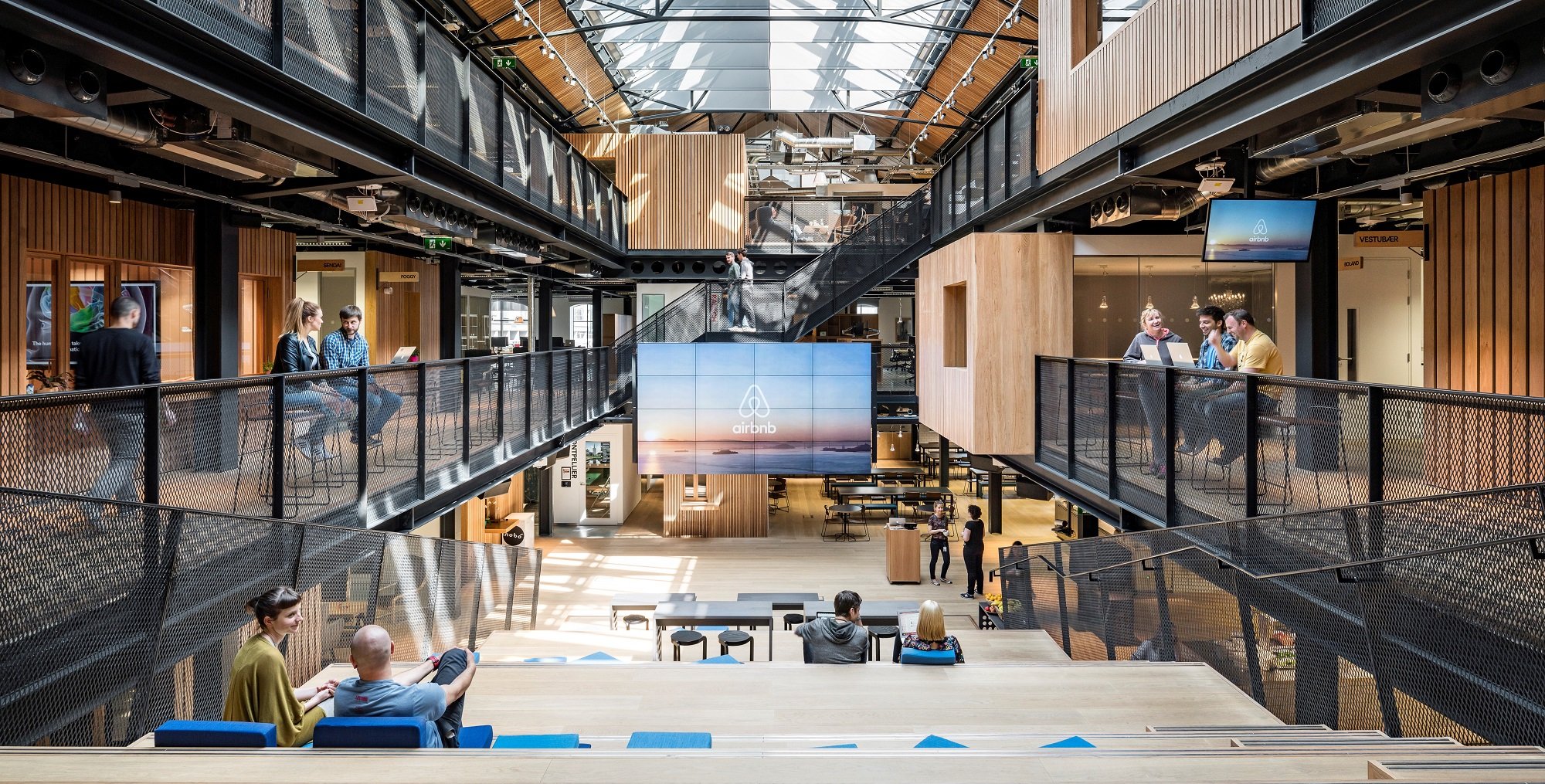Wisdom from Giants Part 1: Airbnb and Contently
You missed the trip, but don’t miss the insights. This three part series will go behind the scenes of the Better by Design study tour to share with you the wisdom from Airbnb, Contently, Allbirds, Casper, Contently, Google and Sidewalk Labs.
Six days, 42 Kiwis, two cities
I’ve been a design coach for many years, helping Kiwi businesses understand the power of design and how they can connect with their customers through insight and innovative products that impact lives. Having worked with New Zealand Trade & Enterprise over the years, I was one of five design coaches invited to join 37 business leaders from 17 New Zealand export companies on an epic study tour to visit some of the world’s leading customer-centred organisations.
My role, as a design expert, was to help the Kiwi delegates (from world-class brands such as Zespri, Villa Maria and Furnware - I’m talking really progressive companies hungry for insight) soak up what they were seeing and translate it to a local context to help them become bigger, better, faster and stronger for New Zealand.
It was a huge privilege to be part of the Better by Design US Study Tour again (I’ve been part of this tour before, but this one was next level). The New Zealand delegates, and the US companies we visited, were the cream of the crop. I also collected several subtle yet emerging ideas that will shape things to come.
Paying it forward
We boarded a plane in September 2018 and spent six days in New York and San Francisco, immersing ourselves in the world’s most inspiring stories, ideas and innovations. Key leaders from each of the companies invited us into their space for a front-row view of where the magic happens (often leaving us speechless). Learning from these companies was truly something, but being across the world with a bunch of likeminded Kiwis? Equally as powerful.
After digesting the tours, presentations and Q&A sessions each day, a few key themes started to emerge. We’ll provide an overview here, but stay tuned for a couple of follow-up pieces which will explore two major themes—building a cultural narrative and employing a data-driven approach to customers.
Let’s start with a name synonymous with design and innovation—Airbnb.
AIRBNB — Employ a data-driven approach to customers
“All businesses, regardless of industry need to embrace ‘digital’ and data science. Information from data is powerful, and it’s readily available on your own platform. Start placing more value on insight and information. Measure what you’re doing, and evolve accordingly”
There’s no doubt about it—Airbnb takes the top spot for most incredible workplace. Imagine a four-storey old Westfield mall in downtown San Francisco, with each room modelled on a different accommodation listing from across the world, from a log cabin in Alaska to a living room in India. Even though it doesn’t sell a physical product, Airbnb uses creative design elements to bring its workspace to life and motivate staff to buy into the company’s vision.
What’s even more impressive, of course, is Airbnb’s growth story. What started as a small concept in New York now boasts more than 4.5 million listings worldwide, and more than one million bookings every day. That’s right—one million bookings per day.
Jenny Arden, Director of Design at Airbnb, spoke about the main drivers behind the company’s growth, namely its data-driven approach to customers. Right from the get-go, Airbnb started collecting data and bringing objective insights into the decision-making process, and by doing so, it was able to improve the user experience and gain a flock of loyal customers. Its data-driven culture extends to the employee mix—there’s more than 130 data scientists running 1,500 experiments per day (some tiny, like moving a button, and some large). They’re always testing. They’re fast. They’re agile. They’re ready to adapt.
Yes — AIRBNB is a beast, but there are lots of things Kiwi business can learn from it
All businesses, regardless of industry, need to embrace ‘digital’ and data science. Information from data is powerful, and it’s readily available on your own platform. Start placing more value on insight and information. Measure what you’re doing, and evolve accordingly.
Not sure where to start? Look at businesses you admire, and look at your competitors. How are they collecting and extracting information? Is it through digital marketing, social media or elsewhere? As Kiwis, we tend to double down on product development, and it’s not until our offering is ready that we start to reach out to our customers. Customer service has evolved, however, and we need to change with it. Use data acquisition to foster a relationship with your potential customers—get to know them and understand them, so when your product is ready, they’re waiting.
Contently — Tell great stories
“If you’re able to captivate your audience through a good story, you’re more likely to earn their trust and their business.”
Want to connect with your customers on a deep and powerful level? Learn to tell great stories.
As humans, we tell stories every day. We tell stories to get to know each other, to remember things, to convey ideas and to have our voices heard.
A lot of businesses try to hide their human emotions, but not Contently—founder Shane Snow has absolutely nailed the art of storytelling. He’s even delved into the neuroscience behind it, which is something we should all try to get our head around because it explains why storytelling is so effective in terms of marketing. Here’s the crux of it: stories fire up our entire brain, and they spike a nerve chemical called oxytocin. Oxytocin is our empathy drug (the feeling you get when someone hugs you). It sends us a signal that we should care about someone, or something—like your brand.
Imagine two charity advertisements. The first shows a bunch of statistics about a problem and calls for donations. The second shows a father, an everyday kind of bloke people can relate to, telling a moving story about his child. Which advertisement would prompt you to donate? Contently put this exact question to the test, and found people were more willing to donate after watching the second advertisement. They were also shown to have more oxytocin in their bloodstream.
If you’re able to captivate your audience through a good story, you’re more likely to earn their trust and their business. To allow people to truly connect with your brand, your story requires:
Relatability: people need to relate to you in some way (Buzzfeed has a whole strategy around this, à la ‘five things only people who went to Stanford will know’).
Novelty: once upon a time, we’d watch anything at the movies. Today we’ll only go if we’re super excited. Brand content will be the same—keep your ideas fresh.
Tension: a good story is made between ‘what is’ and ‘what could be’. Your story should establish this gap, then try to close it.
Fluency: people are busy—make it easy for them to understand what’s going on!
Not sure where to start?
Figure out your brand’s ‘why’ (why you exist and what’s important to you), then be overt about telling your story. Do it with intent, spend time and energy on it, remove your mask and stop resisting human emotion. Incorporate storytelling into every customer touch point, from your social media to your advertisements to your blogs. Take a risk, be open, be vulnerable, and go for it with confidence.
We’re quite a product-centric little nation, but the story is the part that brings the product to life.
What we’re seeing globally is brands that try often and who remain authentic win the respect of the people they care about. Even if they stumble along the way, their customers appreciate the effort. Even on a small budget, Kiwi brands can have a go. Your stories don’t always need to be polished, especially with all the new media options out there, they just need to connect emotively.
Stay tuned for Part 2 of the Better by Design Study Tour series, coming soon!



